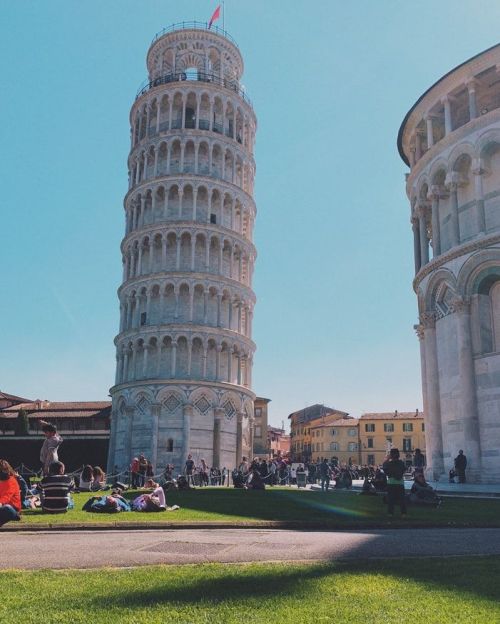18 facts about Pompeii
Pompeii is a city founded at the turn of the 9th and 8th centuries BC. It was one of the largest and most developed cities of the Roman Empire, distan ...
Vesuvius gained its notoriety by destroying in 79 AD. Pompeii, Herculaneum and Stabie. Since then, despite intermittent activity, shadows of terror spread over Naples and the surrounding area.
The oldest rocks of Vesuvius are estimated to be about 200,000 years old, although the beginning of its volcanic activity is estimated to be only about 16,000 years ago. The volcano's most intense period of activity was between 1631 and 1872, and the last major eruption was recorded on March 13, 1944, and since then Vesuvius has shown no signs of activity.













